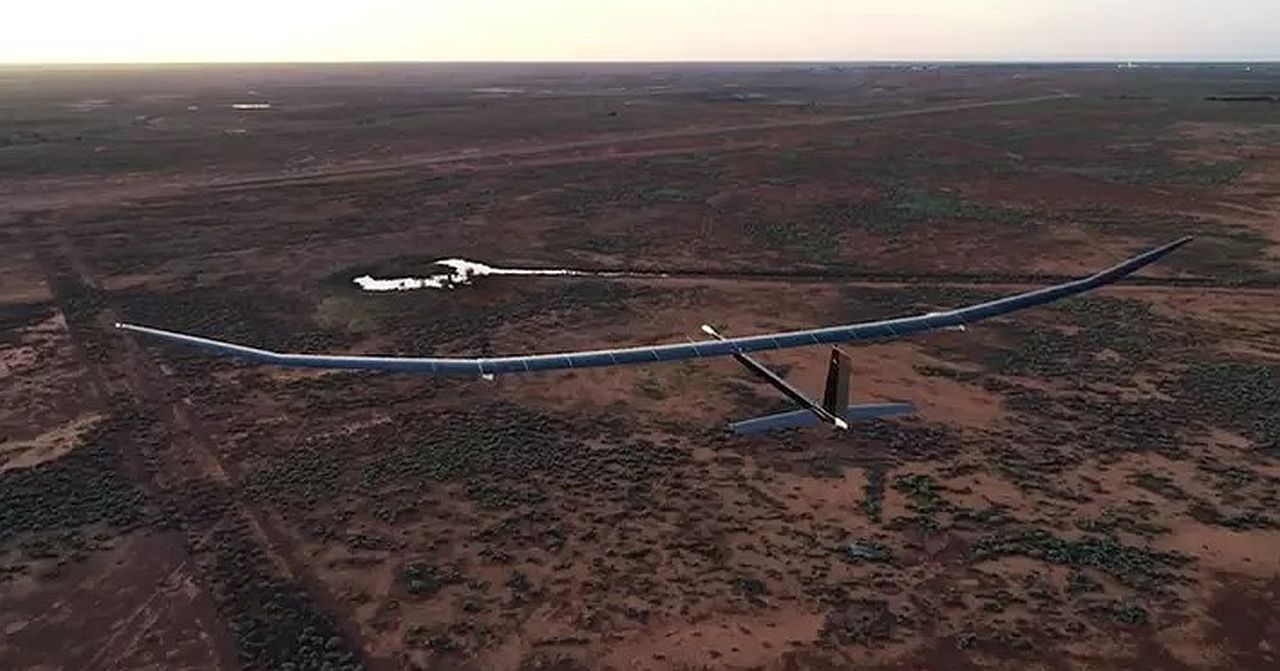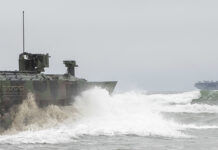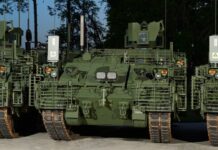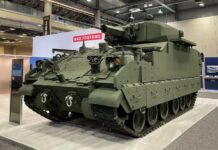BAE Systems’ Persistent High-Altitude Solar Aircraft 35 (PHASA-35) has completed its first stratospheric flight trial, the company announced at this year’s Royal International Air Tattoo (RIAT 23), held at RAF Fairford from 14-16 July 2023.
During the flight, conducted in late June out of Spaceport America, New Mexico, over the White Sands Missile Range, the PHASA-35 high-altitude pseudo satellite (HAPS) uncrewed aerial vehicle (UAV) reached an altitude of more than 66,000 ft, where it remained for a number of hours, and then landed after a 24-hour flight.
The PHASA-35, development of which began in 2018, was designed by Prismatic Ltd: a UK company based in Alton, Hampshire, that BAE Systems acquired in late 2021. The UAV has a 35 m wingspan and can carry up to 15 kg in its nose-based payload module, although for its first stratospheric flight it carried a 4.5 kg payload consisting of test equipment. Depending on the weight of the payload, the nose module can be extended or retracted to balance the aircraft, which weighs just 150 kg.
The PHASA-35 has a carbon fibre monocoque airframe and is powered by propellers housed in two wing-mounted solar-electric motorpods. Photo-voltaic arrays distributed across the UAV’s wingspan are used to provide energy during the day, which is stored in rechargeable cells housed within the motorpods to maintain flight overnight. The PHASA-35 travels at around 50 kts once in the stratosphere and, depending on the operational location, is intended to have an endurance of several months.

The successful stratospheric trial, which assessed the performance of the PHASA-35 across a range of areas, was the first in a series of trials planned to confirm system performance, support development activities and validate test points to enable the system to be made available for both the defence and commercial markets. The system made its maiden flight in 2020, after being designed, built and flown in less than two years.
Phil Varty, head of business development at Prismatic, told journalists at RIAT 23 that the PHASA-35 performed exactly as expected during the stratospheric trial, in many cases exceeding expectations, and that further trials are planned for later in the year.
Varty said the PHASA-35 could enter service in “a few years” and that a number of approaches had been made to prospective customers. The system is designed to provide a persistent, stable platform for monitoring, surveillance, communications and security applications, with Varty noting that a network of potentially a hundred PHASA-35s could be envisaged for a telecommunications application, while a smaller number of up to 10 systems would be more likely for a defence application. He added that Prismatic’s expectation was that a defence application would be more likely initially.
Varty remarked that the PHASA-35 project was somewhat more akin to a space programme, rather than an aircraft programme, and he thus envisaged a potential model whereby customers would pay for data from the platform as opposed to necessarily owning the platforms themselves.
The development of the PHASA-35 comes under BAE Systems’ recently announced FalconWorks construct, which acts as a centre for advanced and agile research and technology development within the company’s Air Sector.
Peter Felstead












